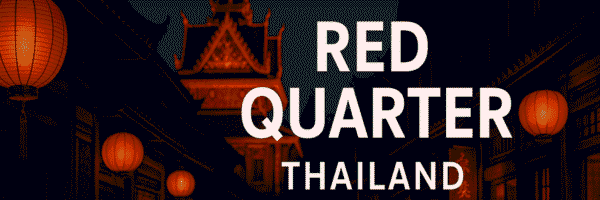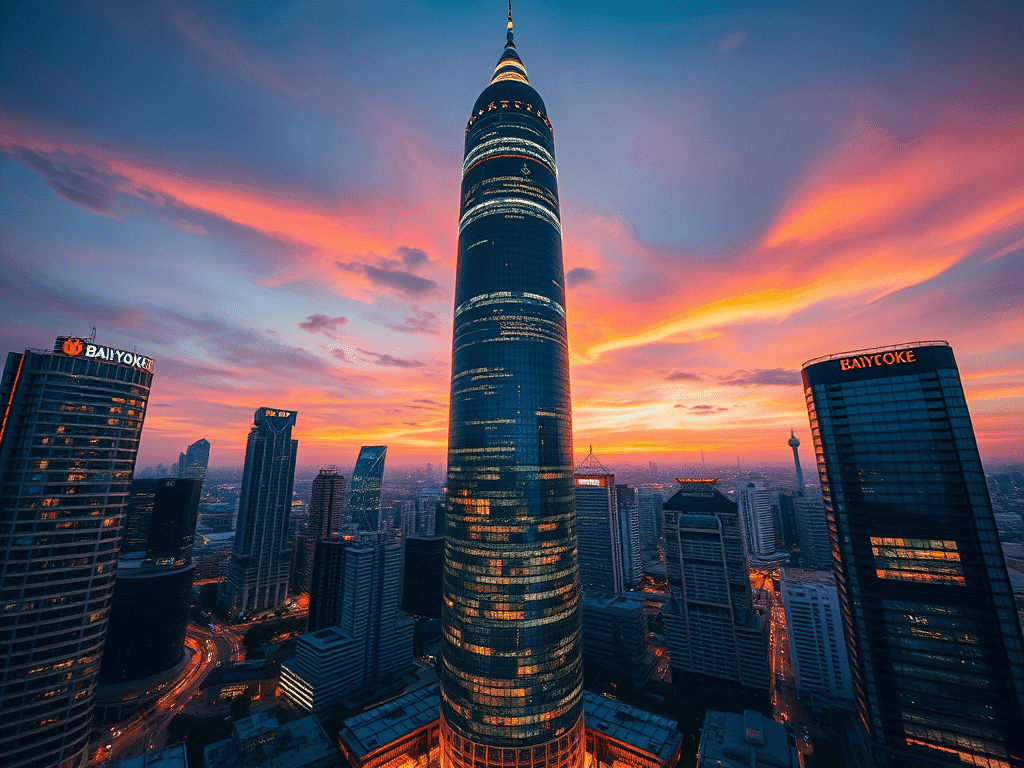Complete Guide to Exploring Sukhothai Historical Park
The UNESCO-listed Sukhothai Historical Park is a must-see for anyone looking to delve into Thailand’s history. The former capital of the Kingdom of Sukhothai, this place is full of majestic temples, imposing statues, and historical relics that testify to the cultural and spiritual richness of the country. If you’re planning to visit this historic site, this comprehensive guide will give you all the information you need to enjoy your experience to the fullest.
1. What is the Sukhothai Historical Park?
The Sukhothai Historical Park, founded in the thirteenth century, is one of the most important archaeological sites in Thailand. Sukhothai was the first capital of the Kingdom of Thailand and is today a precious testimony to the architecture and culture of the Kingdom of Sukhothai. The park covers a vast area and is home to many temples, statues, water tanks, and other historic structures that illustrate the heyday of the country’s art and architecture.
Why visit Sukhothai?
Sukhothai is a place of serenity and beauty, perfect for those interested in Thai history, ancient architecture, and culture. The park also allows an immersion in the spirituality of the time, providing a calm and meditative atmosphere.
2. Must-see sites to visit in the historical park
Le Wat Mahathat
Wat Mahathat is arguably the most iconic temple in the historical park. This temple, dating back to the thirteenth century, was the religious center of the capital of Sukhothai and remains an impressive site today. It is particularly famous for its Phra Achana, a large seated Buddha statue, as well as its pies and Buddha statues.
What to see: The giant Buddha statue, the stunning stone architecture, and the beautiful gardens that surround the temple.
Le Wat Si Chum
Wat Si Chum is another impressive site, especially for its Phra Achana Buddha statue, which sits majestically inside the temple. This temple is one of the best preserved in Sukhothai and its great hall offers a mystical atmosphere.
What to see: The large Buddha statue and the way it is illuminated by light filtering through an opening in the roof.
Le Wat Sra Sri
This temple is located near a beautiful artificial lake and is one of the most picturesque in the park. Wat Sra Sri is famous for its soaring towers and Lotus Lake which adds a touch of peaceful beauty to the landscape.
What to see: The well-preserved ruins of the temples and the beautiful view of the lake, ideal for travel photos.
Le Wat Trapang Ngoen
This temple is a little less known, but it is also a jewel of Sukhothai. It is located on the edge of a water reservoir and offers incredible views of the surrounding mountains. This temple is a quieter place and less frequented by tourists.
What to see: The reservoir and the natural setting that surrounds the temple, with unobstructed views of the countryside.
3. How to explore Sukhothai Historical Park?
On foot or by bike?
The Sukhothai Historical Park is quite large, but it is pleasant to explore on foot or by bike. There are bike rentals at the entrance to the park, and it’s a great way to experience the site at a more relaxed pace while enjoying the scenery.
On foot: Exploring on foot is ideal if you really want to take your time to admire each ruin and enjoy the calm atmosphere.
By bike: Renting a bike allows you to cover more ground quickly while still having the option to stop at each site of interest.
Guided or self-guided tour?
Guided tour: If you want to learn more about the history of Sukhothai, a guided tour can be a great option. A local guide can provide you with valuable information about the ruins, the history of the city, and the Thai culture of the time.
Self-guided tour: If you prefer to explore at your own pace, it’s entirely possible to visit the sites on your own with a map of the park in hand. The explanatory panels are also available in French.
4. Best time to visit Sukhothai
Ideal season
The best time to visit Sukhothai is during the cool season from November to February, when the climate is more pleasant, with moderate temperatures and less rain. This allows you to fully enjoy the visit, without suffering from the stifling heat.
Avoid the peak tourist season
Although the cool season is ideal, it is advisable to visit the park in the early morning or late afternoon to avoid the crowds and enjoy a more peaceful setting.
5. Practical Tips
Entry tickets
Entrance fees for Sukhothai Historical Park are generally reasonable. A ticket to the historical park costs around 100 THB (about €3), and there are also combo tickets to visit several sites, including Si Satchanalai Historical Park and Sukhothai.
Transportation to Sukhothai
From Bangkok: The easiest way to get to Sukhothai from Bangkok is to take a bus or train, or fly directly to Sukhothai Airport (if available).
In situ: Once there, you can rent a bike, tuk-tuk, or take a taxi to get between the different sites with ease.
What to bring:
Sunscreen
Cap or hat to protect yourself from the sun
Camera to capture the beautiful landscapes and ruins
Bottled water and snacks, especially if you’re exploring over a long period of time
Conclusion
Sukhothai Historical Park is a beautiful site that offers a fascinating insight into Thailand’s ancient history. With its majestic temples and picturesque landscapes, it is a must-do excursion for anyone interested in Thai culture. Whether you choose to walk or cycle, you’ll have an enriching experience, while discovering an exceptional world heritage.




